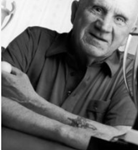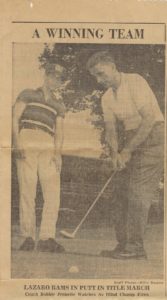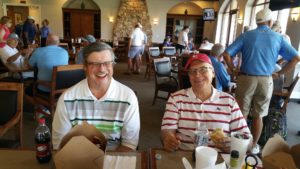From the Archives: 1963
PATTEMORE’S 201 WINS US BLIND GOLF CHAMPIONSHIP.
Canadian Earns Honors by Stroke–Lazaro Is 2nd in the1963 US Blind Golf Championship at Westchester Hills.
Claude Pattemore, of Hamilton, Ontario, won the U.S. Blind Golfers Championship, at Westchester Hills GC, White Plains, N.Y., with a 97-104. Pattemore beat the defending champion Joe Lazaro, of Waltham, Mass., who had 98-104. Lazaro took a 10 on the15th hole of the second round when he hit his tee shot out of bounds. Charley Boswell was third with 101-102. Pattemore, a 37-year-old restaurant cashier, won the International Blind Golf tournament prior to winning at Westchester Hills.
Claude Pattemore was born in Athens, Ontario in 1927. In 1948, a construction explosion at work blinded and nearly killed the 21-year-old. He underwent rehabilitation in Toronto and Hamilton before working first for the Canadian National Institute for the Blind, then running cafeterias for a number of local Hamilton plants. Three years after his injury, Pattemore took up golf and immediately excelled at the game.
He won the Canadian Blind Golfers Championship 12 times between 1952 and 1972. In 1963 Claude achieved his personal best of 78, a score rarely achieved even by sighted golfers. In 1996, Claude was inducted into the Canadian Golf Hall of Fame and on October 16, 2000, Pattemore was inducted into the Ontario Golf Association’s Hall of Fame.
In the RCGA’s alphabetical listing of its Hall of Famers, Claude Pattemore is right between Bob Panasik and Sandra Post, an incredible accomplishment from someone who only took up golf at Chedoke Golf Course after losing his eyesight in the industrial accident.
Claude passed away in April 2004. Those of us who knew him will not forget him, and those of us who didn’t should take inspiration from his story. Thank you Claude for all you have done to promote blind golf.
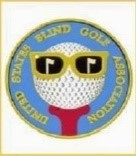

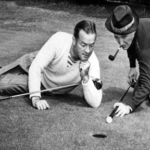
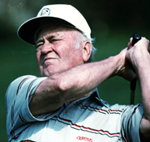
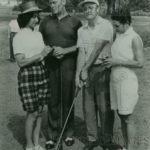 nt followed by Joe Lazaro and Charley Boswell who together guided the USBGA from 1956 through 1976.
nt followed by Joe Lazaro and Charley Boswell who together guided the USBGA from 1956 through 1976.